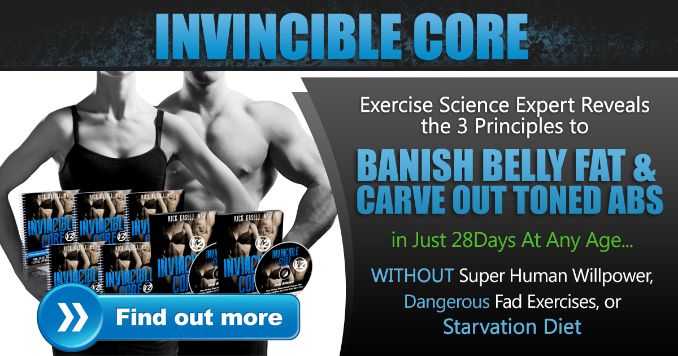Do you sit for hours at a desk, wrestle with nagging back pain, or feel wobbly during workouts—even though you “train your core” and then skip essential posterior core exercises?
Most conventional core workouts focus primarily on the superficial muscles, often overlooking those critical for spine stability, posture, and then long-term performance.
That’s because they focus almost entirely on the front—crunches, planks, and endless ab exercises—while completely ignoring the back half of your core.
The core encompasses not just your abdominal muscles [1] but also includes your hips, lower back, pelvic floor, and the deep stabilizing trunk muscles.
Furthermore, enter the posterior core: the powerhouse behind your posture, the stabilizer of your spine, and the real secret to a resilient, balanced body.
This includes the glutes, spinal erectors, multifidus, latissimus dorsi, and then deep stabilizers most people have never heard of—but rely on every day.
When these muscles are weak or undertrained, it shows up fast:
- Low back stiffness
- Poor posture
- Reduced balanced and then control
- Higher risk of injury during basic movements
But when trained properly, your posterior core becomes a foundation of strength—supporting every lift, step, and twist you make.
In this post, you’ll discover why posterior core training is non-negotiable for anyone serious about movement health—and exactly how to activate these underused muscles to unlock better posture, pain relief, and then power.
Many of us understand the importance of strong core muscles and are aware of our core’s significant impact on overall balance, support, and stability.
Strengthening your core and then posterior chain together is simply the best way to improve your balance and stability, decrease your chance of falling, and provide you with an increased sense of confidence.
Key Posterior Core Exercises
1. Bird Dog
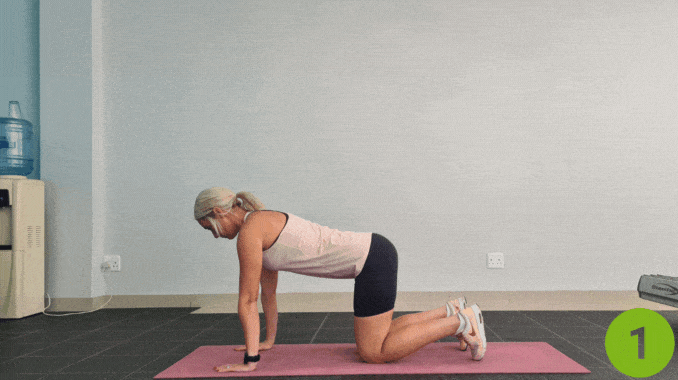
- Begin in a 4-point position, with your hands under your shoulders and then your knees under your hips.
- After that, tighten your core.
- Slowly reach one arm forward while extending the opposite leg straight back.
- Keep your hips and shoulders level and your back flat.
- Maintain this position while taking slow, diaphragmatic breaths, inhaling through your nose and exhaling through your mouth.
- Lower back down and then repeat the movement on the opposite side.
- Complete 3 sets of 5 repetitions on each side.
- Builds balance and then core control
- Strengthens the lower back and then glutes
- Good for posture and then coordination
- Easy on the spine
2. Glute Bridge

- Lie on your back on the floor with your knees bent and then feet hip-width apart and flat on the floor.
- Raise both hands towards the ceiling.
- Contract your core and press through your heels to lift your hips towards the ceiling, forming a straight line from your knees to your shoulders.
- Hold the position briefly, then slowly lower your hips back to the starting position.
- Strengthens glutes and lower back
- Improved hip mobility
- Helps relieve lower back pain
- Activates core muscles without stress on the spine
3. Dead Bug (with Dumbbell)
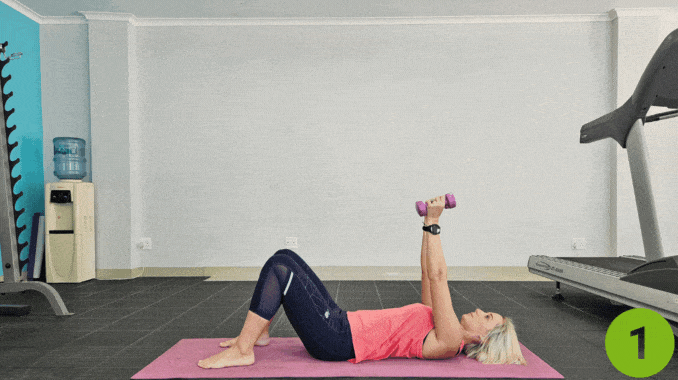
- Builds core stability
- Posterior core exercises teach your body to move arms and legs while keeping the spine still.
- Great for beginners and rehab
- Adds a challenge when using lightweight
4. Superman
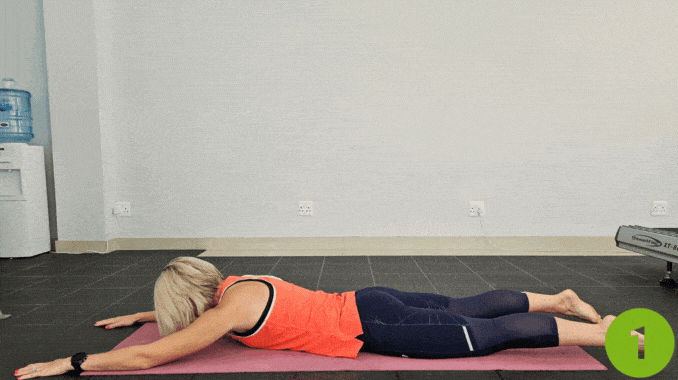
- Lie face down on the floor with your legs extended and slightly apart, and then your arms stretched overhead in alignment with your torso.
- Contract your core and then lift your upper body and legs by arching your lower back.
- After that, be careful not to extend your neck.
- Hold this position for 2-3 seconds.
- Return to the starting position and then repeat the movement.
Note: Keep your chin tucked when performing the Alternating Supermans and Full Supermans. Tucking your chin helps to keep your neck in a neutral position and prevents you from overextending your neck.
5. Plank

- Move into a four-point position, with your knees below your hips and then your hands beneath your shoulders.
- After that, tighten your core.
- Move into a full plank position, maintaining proper alignment with your head, shoulders, hips, and then toes.
- Hold this position for 30 seconds to a minute.
- Take several deep belly breaths, in through your nose and out through your mouth.
- Relax and then return to the starting position.
- Repeat the movement.
6. Wall Sit

- Begin in a standing position with your back against a wall, maintaining good alignment with your head, shoulders, and then hips.
- Slide down into a sitting position, with your feet shoulder-width apart, keeping your knees at a 90-degree angle.
- Extend your arms at shoulder height and hold this position for 20-30 seconds, ensuring your core is engaged and your back remains flat against the wall.
- After that, return to the starting position and repeat the movement 3-5 times
- Strengthens legs, glutes, and then core
- Improves endurance and then body control
- Easy on joints
- Good way to practice holding tension safely
7. Hip Extension
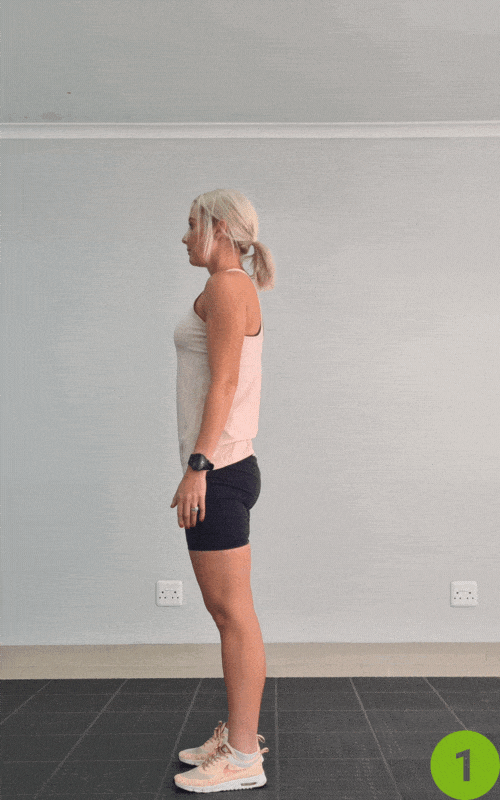
- Begin in an upright standing position with your feet hip distance apart, maintaining good alignment with your head, shoulders, hips, and legs.
- Engage your core.
- Shift your weight onto one foot, then slowly lift the opposite leg straight behind you without arching your back or bending your standing knee.
- Keep your upper body tall and steady.
- Hold this position for several deep belly breaths, in through your nose and out through your mouth.
- Return to the starting position and repeat the movement on the opposite side.
- Strengthens the glutes and hamstrings
- Improves hip mobility and flexibility
- Enhances posture and spinal support
- Reduces lower back discomfort
- Builds balance and lower body stability
- Supports everyday movements like walking and stair climbing
How Core Stability Works
Your spine stays strong [2] and steady in two ways:
- Passive support – from your bones and ligaments, which help hold your spine in place.
- Active support – from your muscles tightening together to keep your spine stable (this is called co-contraction)
Think of it like setting up a tent:
The muscles are like the ropes that you pull tight to keep the tent standing strong. When your muscles tighten, they help your spine stay upright and balanced.
Dr. Mathew Welch, an exercise physiologist at the HSS Sports Medicine Institute, emphasizes that building a strong posterior chain—especially the glutes, hamstrings, and lower back—is vital for enhancing functional movements and reducing injury risk.
Main Muscles in Your Posterior Core (Back Core)
These are the muscles on the back side of your core that help you move, stay strong, and protect your spine:
- Glutes (Butt Muscles) [3] – These are your biggest and strongest muscles. They help support your hips, keep your spine safe, and power your movements like walking, squatting, and climbing stairs.
- Spinal Erectors (Back Muscles Along Your Spine) – These muscles span the length of your spine, aiding in maintaining upright posture and preventing excessive spinal flexion.

- Multifidus (Small Deep Back Muscles) – These tiny muscles are close to your spine. They help with balance and then protect your back from getting hurt.
- Lats (Big Upper Back Muscles) – Short for “latissimus dorsi.” These muscles help connect your upper body to your lower body. They’re important for lifting, pulling, and then posture.
- Thoracolumbar Fascia (Supportive Back Tissue) – This is a strong sheet of tissue in your lower back. It connects your back, abs, and then glutes, helping everything work together.
- Hamstrings (Back of Your Thighs) – These aren’t core muscles exactly, but they work closely with your glutes and lower back during bending, lifting, and walking.
Exercises to Avoid (Unsafe for Spine)
- Full sit-ups
- Back extension machines or Roman chairs
- Heavy resistance on the lumbar spine
- Spinal exercises [4] such as barbell hip thrusts early in the morning, as spinal discs are more hydrated and vulnerable to injury.
Conclusion
If you want less back pain, better posture, and then more power in your workouts, posterior core exercises are a must.
These movements don’t just work your butt—they wake up the muscles that support your spine, steady your hips, and then keep your whole body balanced.
By training the back of your core regularly—even with just body weight—you’ll build strength where it really counts.
Your glutes, hamstrings, and spinal muscles will support improved posture, smoother movement, and then injury prevention.
Start small. Be consistent.
And remember: your back core matters just as much as your abs.
Download Invincible Core today and start sculpting a powerful, pain-free core anytime, anywhere. This digital program is your fast-track to better posture, strength, and confidence—no equipment needed.
Frequently Asked Questions
What is the posterior core?
The posterior core includes the muscles on the back side of your body that help support your spine and control movement. These posterior muscles include your glutes (butt muscles), spinal muscles, lats (big back muscles), and deep core stabilizers. These muscle groups work together to help with balance, posture, and strength. What is the posterior core?
How do you train the posterior core?
You train your posterior core by doing posterior chain exercises that target your back, glutes, and hamstrings. Good examples include hip thrusts, bird dogs, and supermans. Focus on engaging your shoulder blades, maintaining neutral hip alignment, and distributing weight evenly for balanced control. These movements help strengthen your posterior chain while building core stability.
What is a posterior chain exercise?
A posterior chain exercise works the muscles on the back of your body—like your glutes, hamstrings, lower back, and upper back. These exercises are great for building posterior chain strength, improving posture, and reducing the risk of injury. Some of the best posterior chain exercises include glute bridges, deadlifts, reverse lunges, and hip thrusts.


